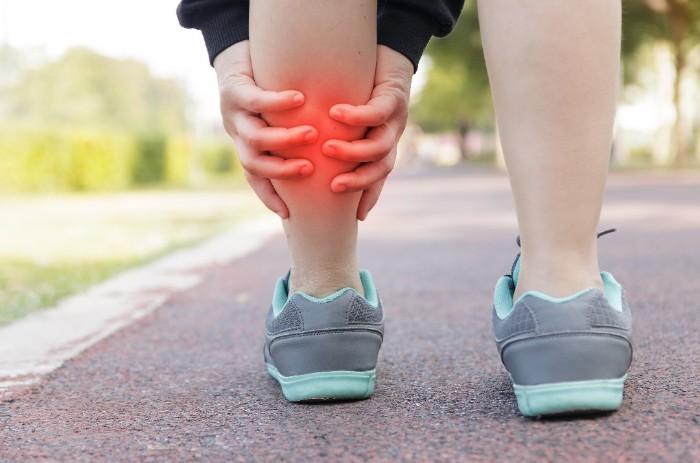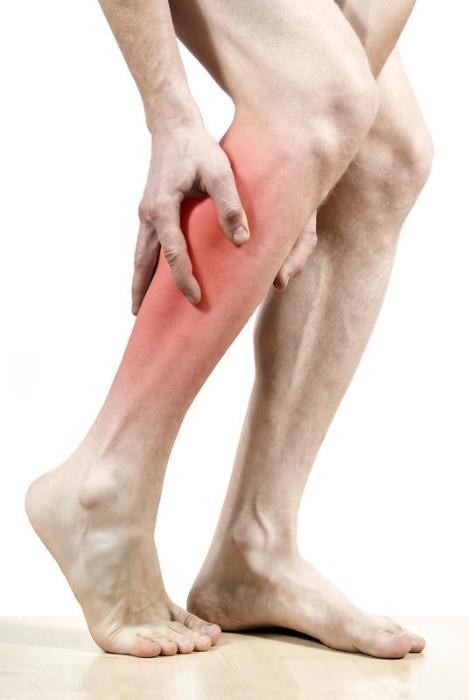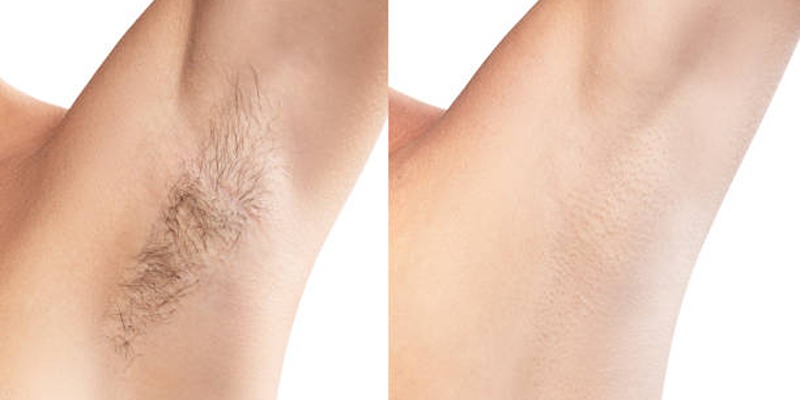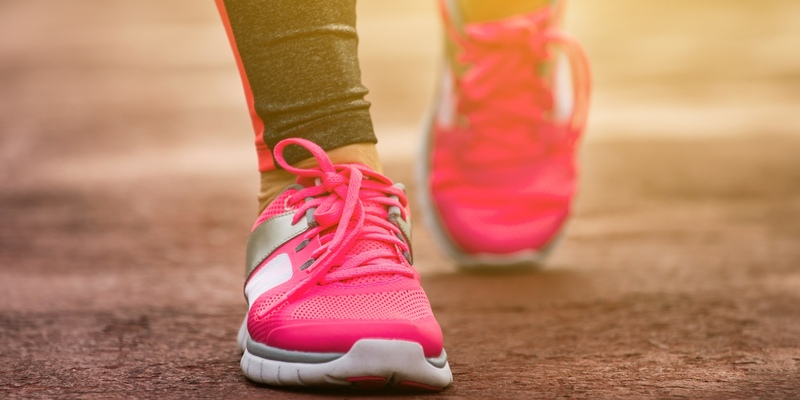Have you ever experienced leg pain that feels like a charley horse? This odd phrase is often used to describe a condition known as a muscle spasm or cramp, but it can have many different causes and treatments.
You can take steps to understand what’s causing the pain and find relief. Read on for advice about recognizing the signs and symptoms of Charley Horse, exploring common treatments, and more!
What is Charley Horse, and how does it occur
A Charley Horse is a muscle spasm or cramp resulting in sudden, intense pain. It often occurs in the leg muscles, particularly during or after exercise, but it can also occur in other body areas.
The exact cause of a Charley Horse is not known. However, several factors can contribute to its development, such as dehydration, electrolyte imbalance, overuse of muscles, and poor circulation. If left untreated, a Charley Horse can cause long-term damage to the affected muscle.
Fortunately, you can take steps to prevent and treat Charley Horse. Stretching before and after exercise, maintaining proper hydration, and eating a balanced diet are all important steps. If Charley Horse occurs frequently or is severe, seeking medical attention for further evaluation may be necessary.
Symptoms of a Charley Horse

A sudden and sharp pain in the muscle characterizes a Charley Horse. It often occurs in the legs, typically in the calf or hamstring, but can also occur in the feet, arms, hands, and even torso. It usually feels like a hard knot that won’t go away.
The area of the cramp may be tender to the touch, and it will be difficult to stretch or move the affected muscle. The duration of a Charley Horse can vary from several seconds to several minutes.
Possible causes of a Charley Horse

The exact cause of a Charley Horse can be difficult to determine. Generally, it is caused by an involuntary contraction or tightening of muscles in the leg (often the calf). This could be due to a muscle imbalance, dehydration, or loss of electrolytes. It could also be related to certain medical conditions such as diabetes, kidney disease, lupus, or multiple sclerosis.
It is important to note that Charley Horse's symptoms may vary depending on the underlying cause. If your leg pain persists for an extended period without resolution, you should seek medical attention for an accurate diagnosis.
Risks associated with the condition
The risk factors associated with Charley Horse depend upon the underlying cause. For example, if drinking too much caffeine is causing muscle spasms, then reducing or eliminating caffeine from your diet may help prevent future cramps. Other common risks for developing Charley Horse include:
- Dehydration: Not drinking enough water can cause muscle spasms and cramps, particularly in the legs.
- Vitamin D deficiency: Low vitamin D levels have been linked to an increased risk for Charley Horse.
- Exercise: Intense physical activity can sometimes lead to muscle cramps and spasms, especially without proper warm-up or cooling down.
- Poor posture: Sitting or standing incorrectly can strain certain muscles and nerves, leading to cramps and spasms.
- Medication side effects: Certain medications, such as statins or beta-blockers, can cause muscle aches and pains that may contribute to Charley Horse.
- Age: Older adults are more likely to develop Charley Horse than younger people, as the natural aging process can make muscles weaker and less able to tolerate stress.
- Pregnancy: Changes in hormone levels during pregnancy can lead to muscle cramps and spasms.
Treatments for a Charley Horse
If an existing medical condition causes your Charley Horse, treating the underlying cause may help to reduce or eliminate pain. Muscle relaxants and physical therapy are typical treatments for severe muscle spasms. It’s important to note that these treatments can take weeks or months before you begin noticing relief from the pain.
Rest is the best treatment if your charley horse is caused by an injury or overuse. Try to find ways to give your muscles a break and allow them time to heal. Gentle stretching exercises can also help loosen tight muscles, reduce inflammation, and relieve pain. Heat therapy, like a hot bath or heating pad, may also provide relief.
Suppose you’re experiencing recurrent Charley Horse attacks. In that case, it’s important to speak with your healthcare provider about possible treatments or lifestyle changes that could help reduce the frequency and intensity of pain associated with them. With the right combination of preventive measures and treatments, you can be more successful in managing your Charley Horse symptoms.
Prevention tips to avoid experiencing a Charley Horse in the future
- Stretch regularly and stay active by exercising regularly, as this helps keep your muscles loose and less prone to spasms or cramps.
- Wear supportive shoes while exercising and ensure they fit properly to prevent injuries that may cause muscle spasms.
- Avoid alcohol, which can lead to dehydration, linked to muscle cramps and spasms.
- Drink plenty of water daily to stay hydrated and keep your muscles healthy.
- Eat a balanced diet with enough calcium and potassium-rich foods, such as green leafy vegetables, legumes, and nuts.
- Make sure to get enough rest each night, as this can help reduce fatigue and the risk of muscle spasms.
By following these tips, you can reduce your chances of experiencing a Charley Horse in the future. However, if you do experience one, treatments are available to help with relief.
FAQs
Is a charley horse serious?
While a charley horse is not usually a serious medical condition, it can be extremely painful and cause discomfort. Understanding what’s causing your charley horse to help get relief is important. If the symptoms continue or worsen, contact your doctor for further advice.
How do you relieve a Charlie horse?
- Stretching the affected muscle and massaging the area
- Applying heat or cold to the affected area
- Getting enough rest and avoiding overuse of your muscles
- Drinking plenty of fluids to stay hydrated
What drink stops leg cramps?
No single drink can stop leg cramps, but drinking plenty of fluids throughout the day can help keep your body hydrated and reduce the risk of muscle cramps.
Conclusion
From mild cramping to extreme pain, a charley horse is a common issue that can affect anyone, at any age, and in almost any situation. While some ask why they're called “Charley” horses and others wonder what causes them, it seems no one is left without having their fair share of charley horse experiences!
Many believe they can be prevented with preventive measures such as stretching before continuing activities, even if those scheduled physical activities usually involve low-intensity exercise. However, for those charley horses that individuals have already experienced—patience, although short-lived in most cases—this period may feel like an eternity.







